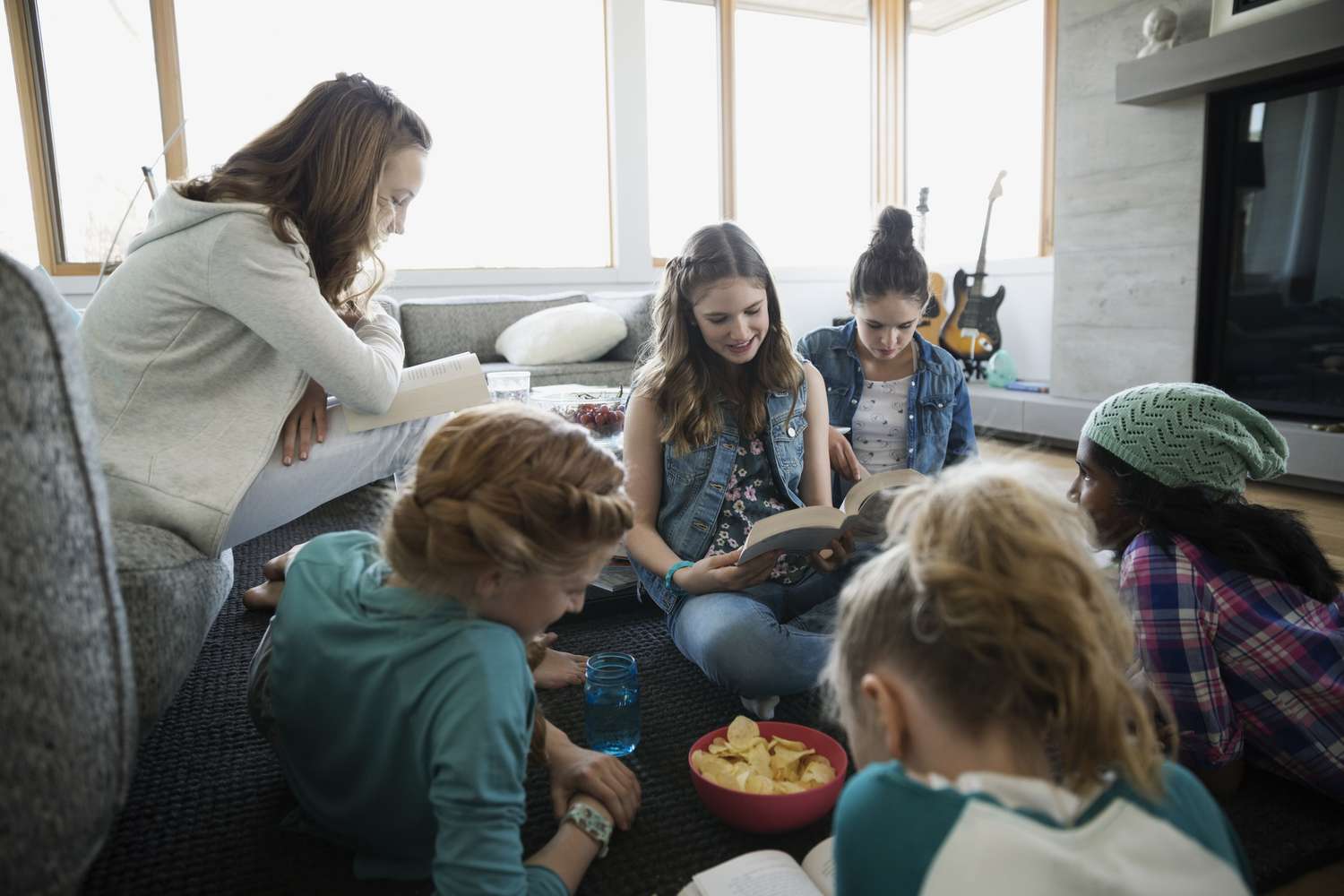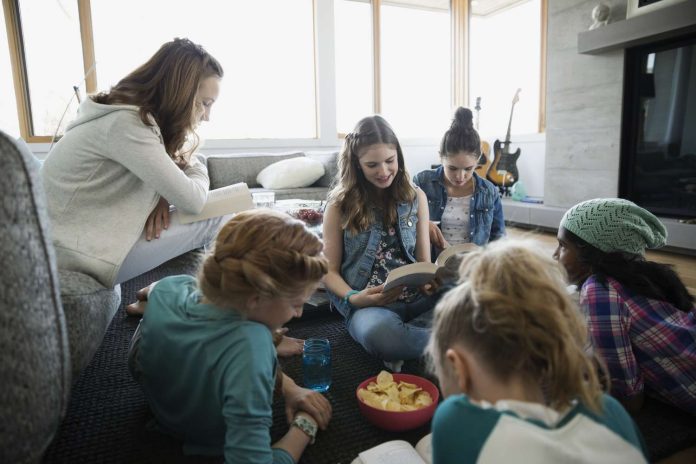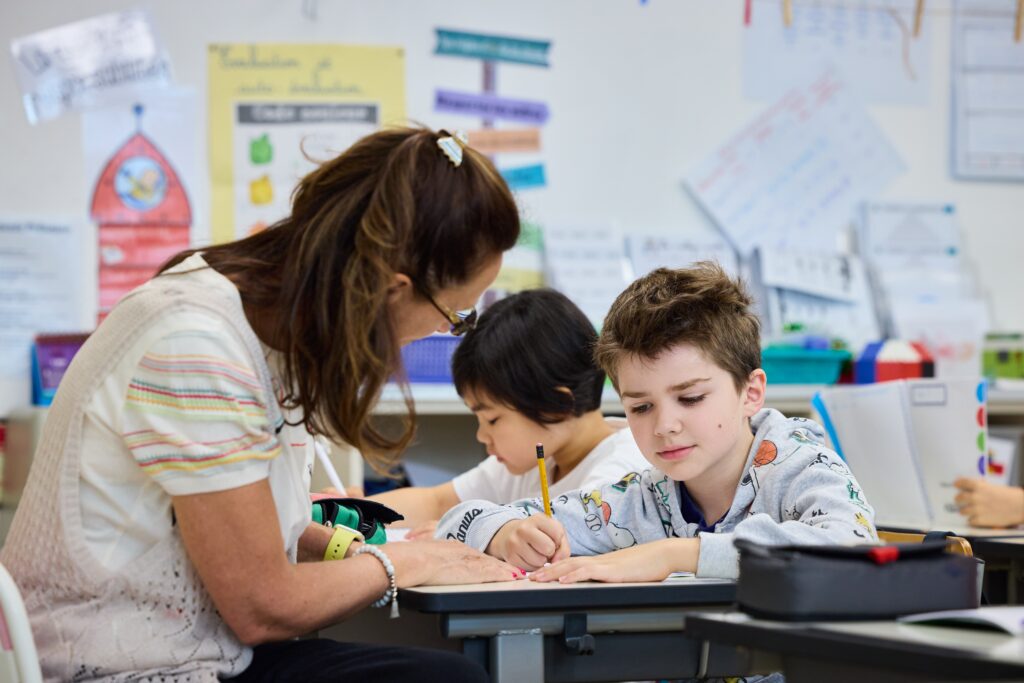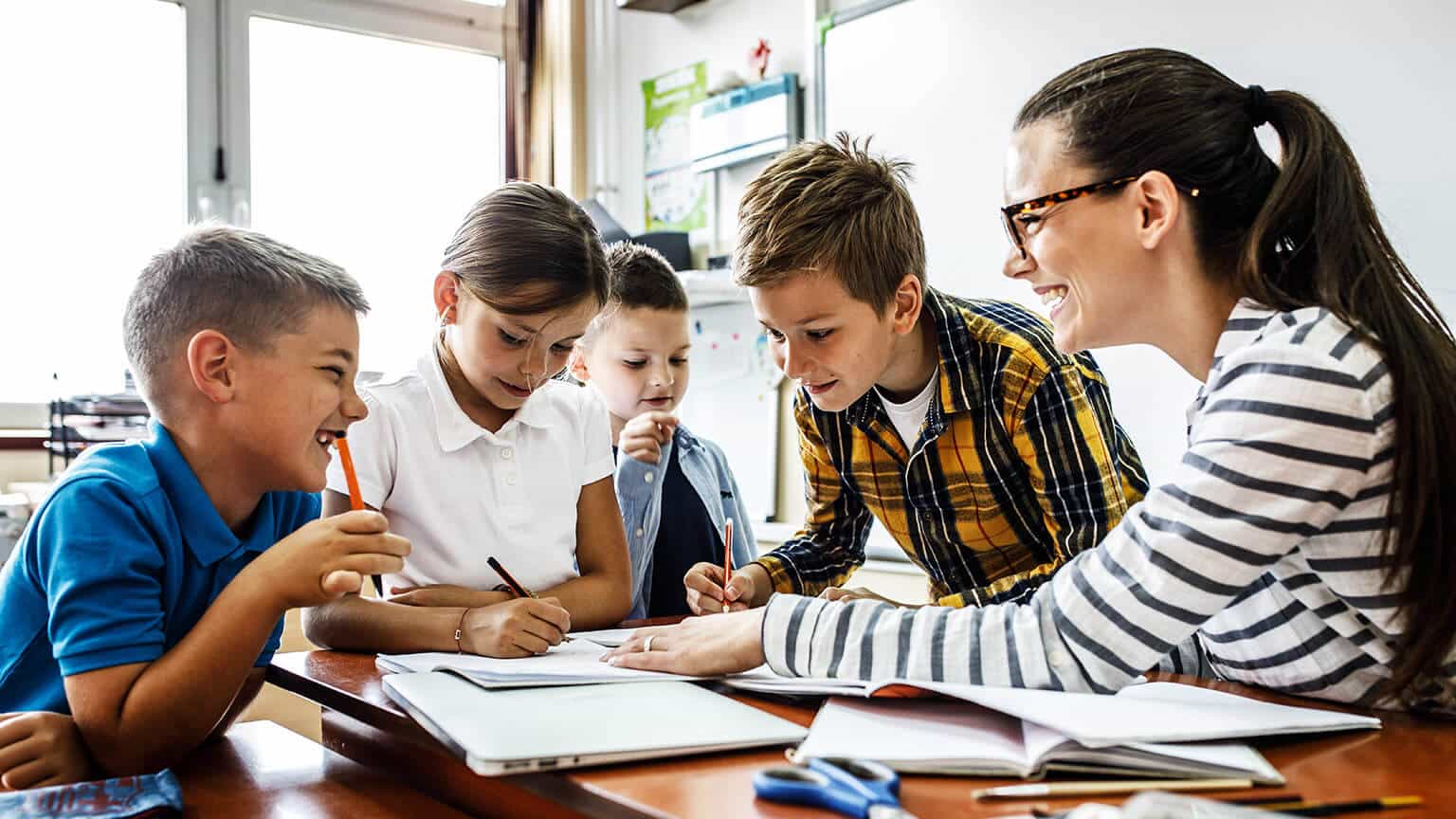
What is Cooperative Learning?
Cooperative learning is a pedagogical methodology that promotes interaction among students to achieve common educational goals. In this approach, students are grouped into small teams, where each member has individual responsibilities but works together for the benefit of the group. It’s not simply grouping students and expecting them to work together; it’s an organized structure where each member understands their role and how their contribution affects the group as a whole.
Importance of Cooperative Learning
Cooperative learning has several benefits that make it essential in today’s educational landscape:
- Development of social skills: Students learn to communicate, resolve conflicts, and work as a team, skills that are vital in today’s society.
- Deep understanding: By working in groups, each person has the opportunity to explain and discuss concepts, which often leads to a deeper and more lasting understanding of the material.
- Shared responsibility: Cooperative learning promotes individual and group responsibility. Each student is responsible for their learning and the learning of the rest of the team.
- Motivation: Working in a team can increase motivation, as they feel they are part of a community and that their contribution is valuable.
Difference between Cooperative Learning and Collaborative Learning
The terms “cooperative learning” and “collaborative learning” are often used interchangeably, but there are subtle differences between them:
- Structure: Cooperative learning is usually more structured, with defined roles and responsibilities for each group member. Collaborative learning, on the other hand, is more flexible and allows participants greater autonomy in how they achieve their goals.
- Interdependence : In cooperative learning, positive interdependence is essential; that is, the success of one member depends on the success of the others. In collaborative learning, although interaction is crucial, such strong interdependence is not always present.
- Approach: While cooperative learning focuses on achieving a common goal, collaborative learning places more emphasis on the process of working together and co-creating knowledge.
Although both approaches value interaction and teamwork, they differ in structure, interdependence, and approach. It is important for educators to understand these differences in order to choose the most appropriate method for their classroom needs.
Benefits and Advantages of Cooperative Learning
Cooperative learning has proven to be an effective tool in education, offering multiple benefits for both students’ personal development and their academic performance. Below, we explore these benefits in greater depth.
Development of Social Skills
One of the most notable benefits of cooperative learning is the opportunity it provides to develop essential social skills. These skills include:
- Communication Students learn to express their ideas clearly and actively listen to the opinions of others.
- Teamwork: They learn to collaborate and contribute to the group, understanding the importance of each member in achieving objectives.
- Conflict Resolution: When working in teams, disagreements will inevitably arise. Cooperative learning teaches students to resolve these conflicts constructively and peacefully.
- Empath: By sharing responsibilities and challenges, students develop greater empathy and understanding toward their peers.
Improving Academic Performance
Cooperative learning not only promotes personal developmen but, also has a positive impact on academic performance:
- Diversity of perspectives: By oworkingin groups, students are exposed to different points of view, which can enrich their understanding of a topic.
- Mutual support: SStudentscan help each other overcome difficulties and understand concepts that may be difficult.
- Responsibility : By haing responsibility not only for themselves but also for the group, students tend to feel greater commitment to their tasks and projects.
Why is it Beneficial?
Cooperative learning is beneficial because it combines academic and socio-emotional elements, creating an environment where students not only acquire knowledge but also learn to interact effectively with others. This combination strengthens their preparation for the real world, where technical and interpersonal skills are equally valued.
Furthermore, by feeling a sense of belonging to a community, students often experience higher levels of motivation and satisfaction in their educational process. Ultimately, cooperative learning prepares students not only to be excellent academics but aalsoengaged and collaborative citizens..










